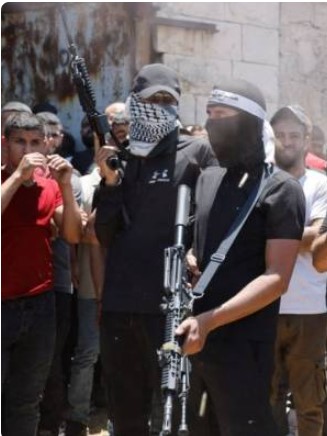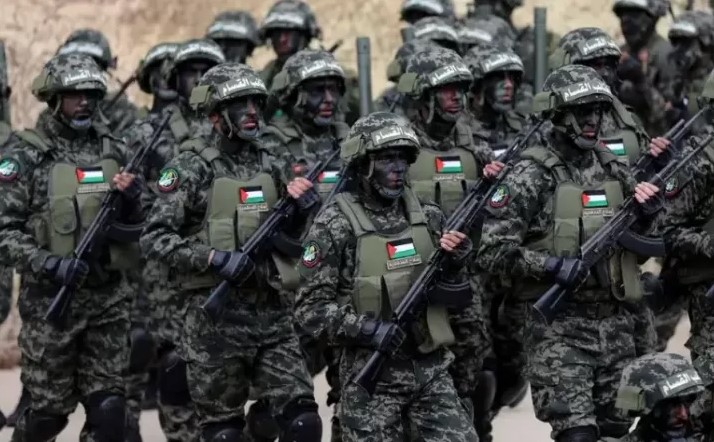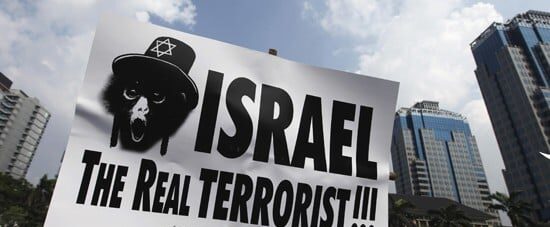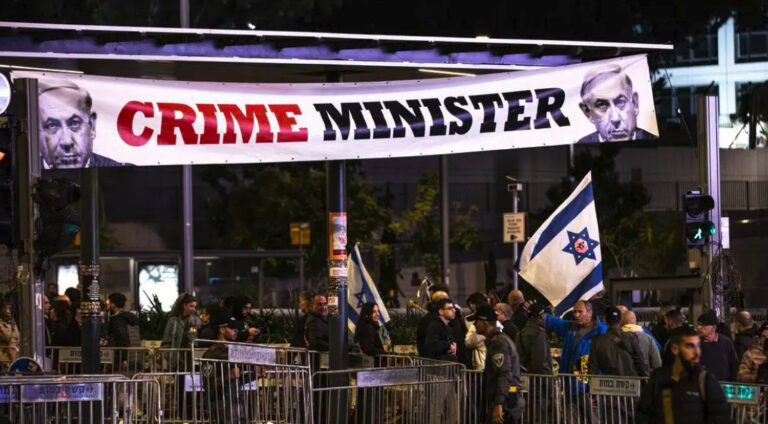
Jihad Islam (Foto dari Reuters)
STRATEGIC ASSESSMENT. A common refrain around the Beltway in Washington D.C. these days is that those entities tasked with upholding the counterterrorism mission are bereft of the resources — funding, personnel, policy bandwidth — necessary to execute the strategy efficiently. Across the enterprise, resources have been shifted away from counterterrorism and to great power competition. After two decades of the so-called Global War on Terrorism (GWOT), a sense of counterterrorism fatigue has set in, and predictably, the pendulum has swung from focusing on violent non-state actors to concentrating on competition with nation-states and near-peer competitors, including China, Russia, North Korea, and Iran. Given the gravity of the September 11, 2001, al-Qaeda attacks, the eventual shift to great power competition was not preordained, but in many ways reflect of the success that U.S. and coalition forces had in mitigating the transnational jihadist threat to American soil.
There is little debate about the long-term pacing threats posed by countries like China. To be sure, the threat from transnational terrorist groups like al-Qaeda, Islamic State, and their network of affiliates is serious, but not existential. On the other hand, dealing with Chinese military modernization and aggressive gray zone tactics, or a revanchist Russia eager to coerce and intimidate its neighbors while brazenly flouting widely accepted norms of international law, are issues that should indeed dominate the national security agenda. Still, by taking subject matter experts and experienced analysts and moving them from counterterrorism to portfolios spanning China, emerging technology, or disinformation, there are risks that the U.S. will be left with a ‘thin bench’ at the same time that groups like Islamic State Khorasan (ISK) are ramping up attacks.
Yet, properly preparing for one challenge hardly obviates the need to deal with the other. Few would argue that the United States needs to maintain GWOT-equivalent levels of resources for counterterrorism in perpetuity. However, presenting counterterrorism and great power competition as a binary choice is a false equivalent at best, and a Faustian bargain at worst. After all, Washington does not have the option to choose between the two missions — it can and must do both. While this may seem daunting, there is considerable overlap between the two mission sets, especially in certain regions of the world, from sub-Saharan Africa to Central Asia.
Over the course of the past two decades, with counterterrorism operations substituting for a more comprehensive U.S. grand strategy, special operations forces (SOF) were often featured as the ‘tip of the spear.’ Through intelligence, surveillance, and reconnaissance (ISR) capabilities, raids against high-value targets (HVTs), and precision strikes orchestrated by Joint Special Operations Command (JSOC), American commandos and their Coalition counterparts went on the offensive, significantly attenuating al-Qaeda and Islamic State. The U.S. counterterrorism mission was augmented by a relentless drone campaign against al-Qaeda senior leadership in Pakistan, as well as through sustained operations in Iraq and Syria, particularly in helping to build and train high-performing partners like the Iraqi Counter Terrorism Service (CTS).
Unlike China, the United States has gained valuable battlefield experience over the past twenty years, taking stock of best practices and attempting to internalize these lessons learned for the benefit of the warfighter. In particular, U.S. and allied military forces have figured out how to work across the entire spectrum of conflict while integrating both interagency and commercial partners. Furthermore, Washington and its allies have harnessed emerging technologies to obtain targetable data and move it to decision-makers rapidly, with the goal of moving seamlessly from sensor to shooter.
One logical approach moving forward is for SOF to get back to its roots as the United States’ key driver of irregular warfare capabilities. Given the tendency of Washington’s adversaries to rely on proxy forces — whether Iran through its ‘Axis of Resistance’ or Russia’s use of private military companies like the Wagner Group — SOF is uniquely positioned to create dilemmas for U.S. adversaries. In part, this comes through a unique ability to leverage existing relationships that have been carefully cultivated through training, security cooperation, and building partner capacity efforts throughout the globe. Special Operations Command Europe (SOCEUR) has adopted some innovative approaches to advising and assisting Ukraine in its fight against Russian aggression, serving as a force multiplier for Kyiv. There are myriad other success stories to point to as well, including in Colombia and the Philippines.
After maintaining an extremely high operational tempo, SOF is now discerning its place in great power competition, looking to continue to play a major role as a combat enabler, but also preparing to bring to bear its extensive expertise in contested logistics, information operations, and operating in denied environments. In great power competition, the United States will be operating in highly contested domains, to include space and cyber. Moreover, countries like Russia and China are aggressively pursuing advances in artificial intelligence, quantum computing, and the development of hypersonic missiles.







